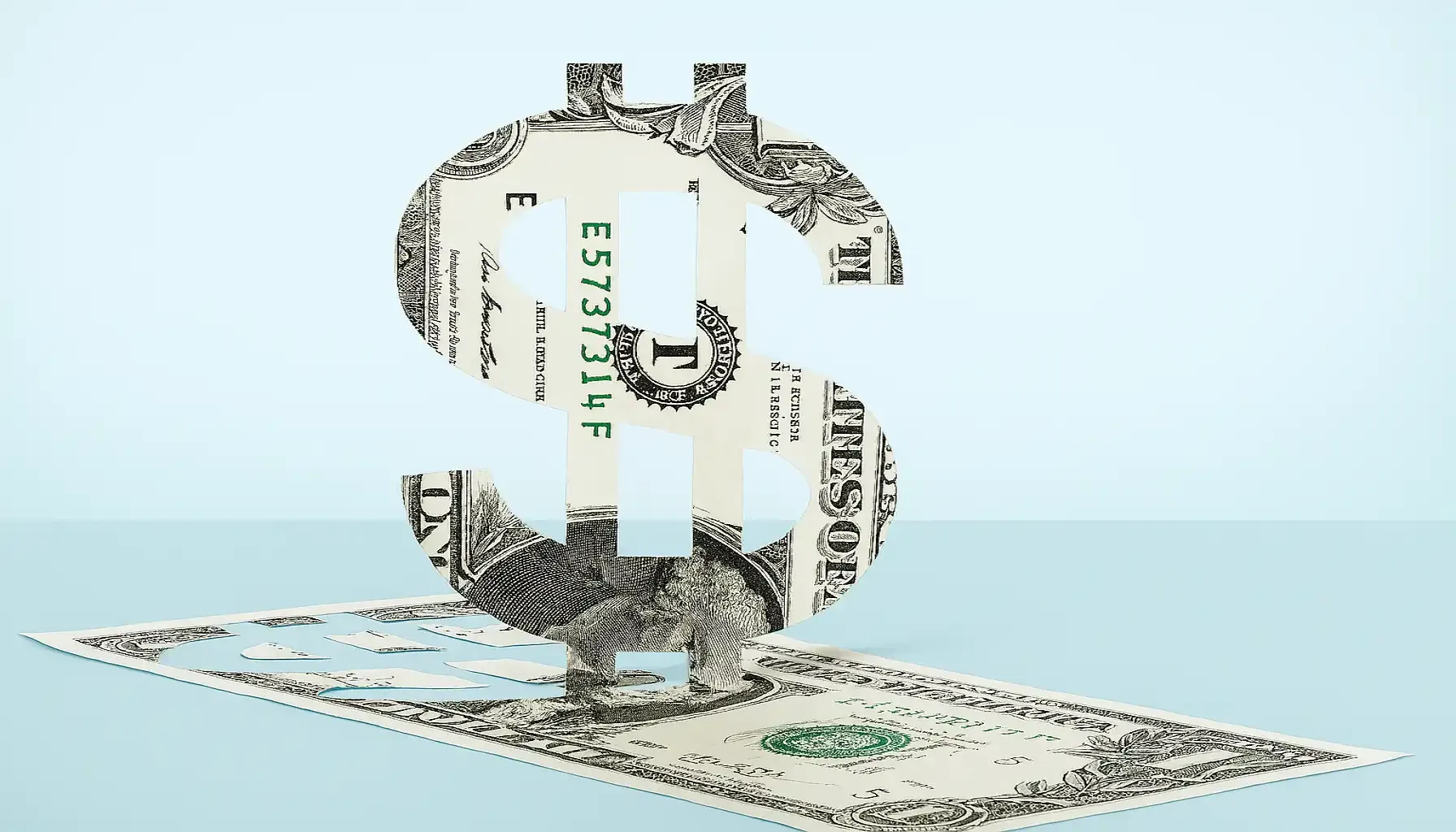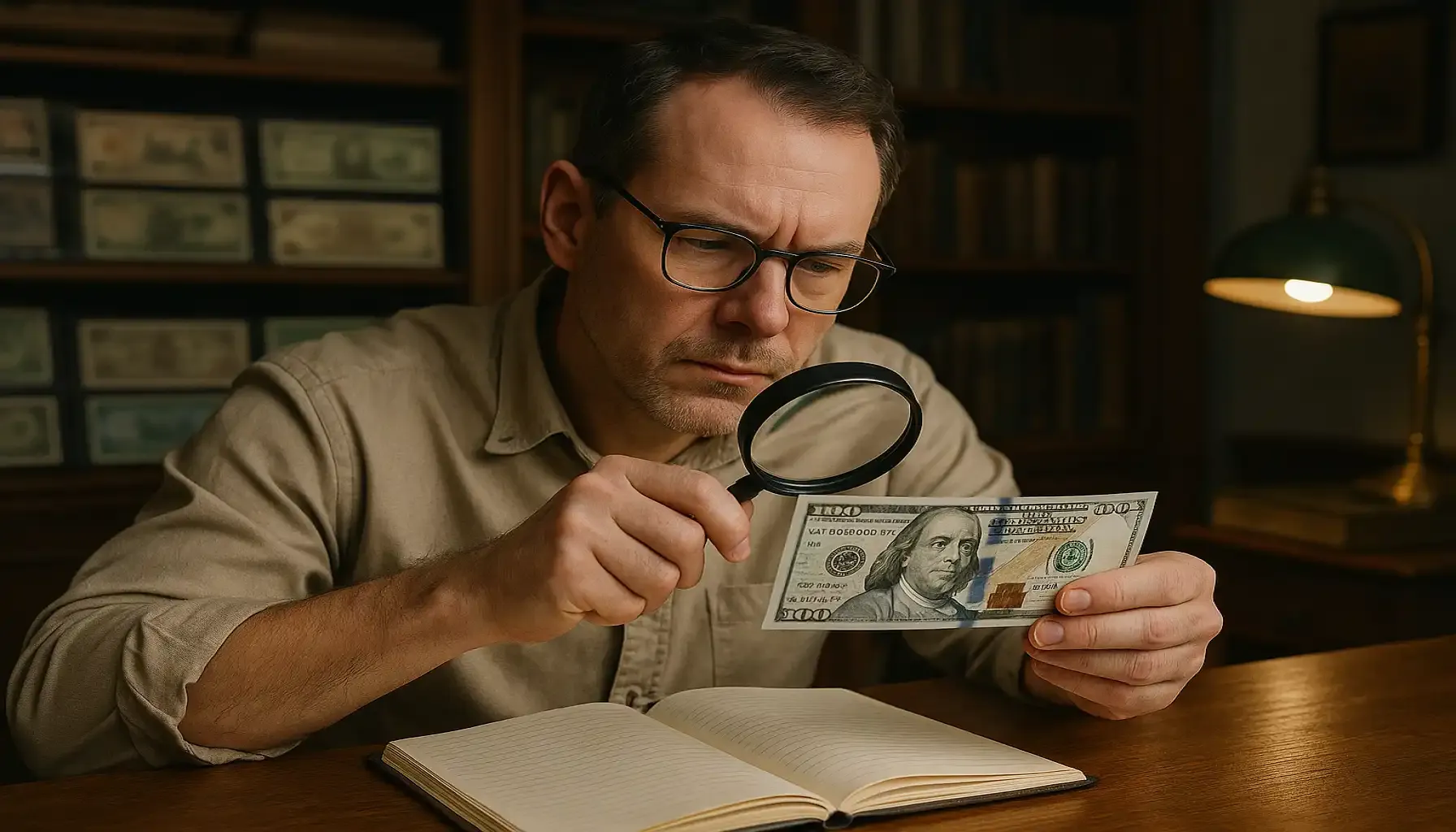Contents:
The 1961 Jefferson nickel might be unnoticed in your possessions, but did you know that some of these seemingly ordinary coins could be worth hundreds—or even thousands—of dollars?
What makes a coin minted over six decades ago so desirable for collectors? What is the best solution for identifying coins and their values? Today you are going to know more about the history, design, errors, and of course, the 1961 nickel value to uncover what makes these coins so popular in the numismatic world.
Feature | Details |
Year of Issue | 1961 |
Denomination | 5 Cents |
Composition | 75% Copper, 25% Nickel |
Weight | 5 grams (0.17637 oz) |
Diameter | 21.21 mm (0.835 inches) |
Thickness | 1.95 mm (0.07677 inches) |
Edge | Plain |
Mint Marks | None (Philadelphia), D (Denver) |
Designer | Felix Schlag |
How It Started
This coin is part of a series that began in 1938. Its design was born out of a competition to honor Thomas Jefferson. This image has graced the five-cent coin ever since, with only minor tweaks over the years.
By 1961, America was in the Cold War, space exploration was becoming a reality, and the civil rights movement was gaining momentum. Amidst these historical shifts, over 300 million coins were minted, quietly slipping into circulation.
But why do collectors care about the 1961 nickel today? It is connected with the combination of mintage numbers, mint marks, condition and mint errors that occurred during production.
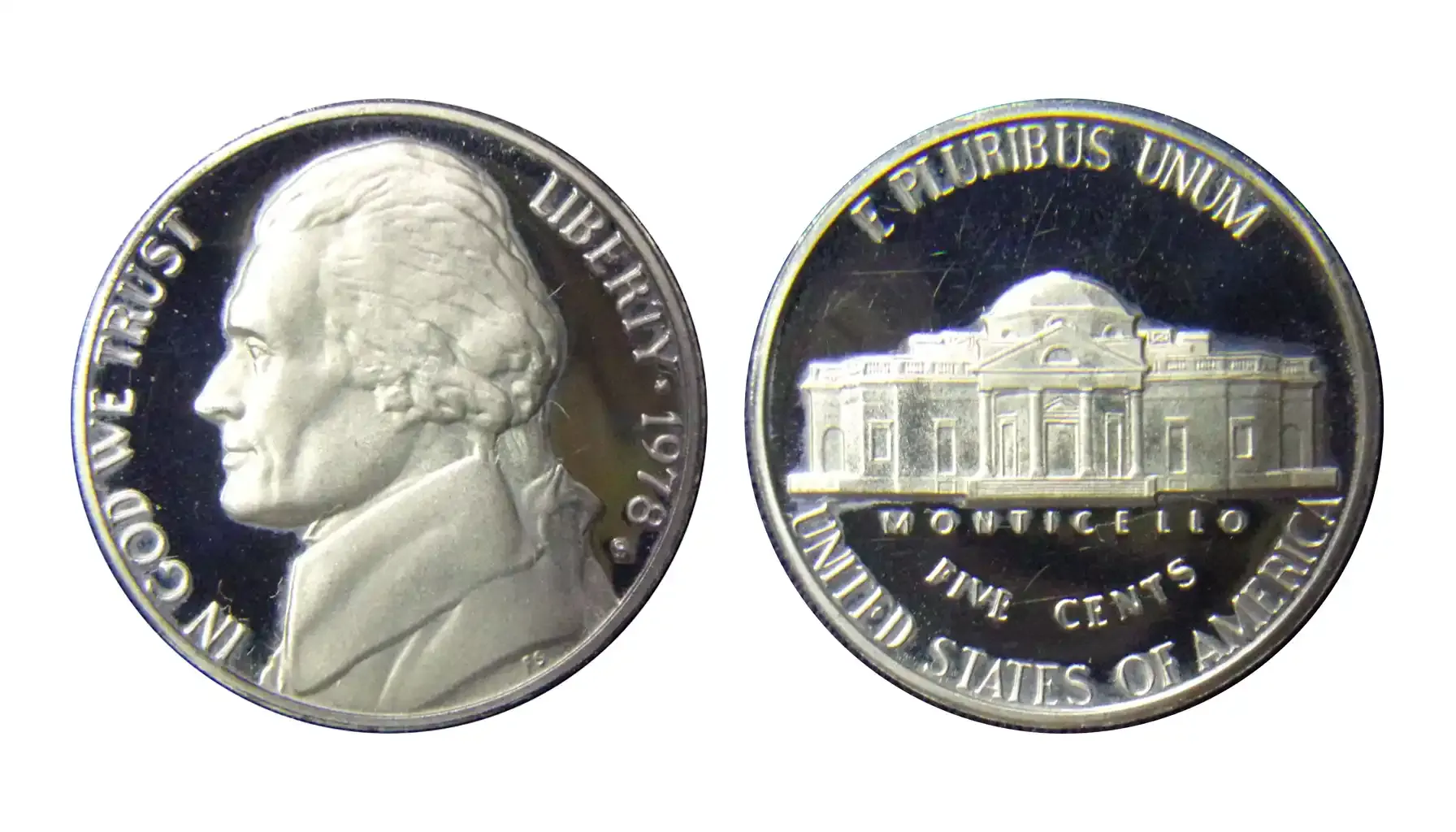
Design & Composition
On the obverse, Thomas Jefferson’s left-facing portrait is. It was designed by German-American sculptor Felix Schlag. To the left of his profile, the motto "IN GOD WE TRUST" arches, while "LIBERTY" and the date "1961" sit on the right, divided by a small star.
Flip the coin, and you will see Monticello, Jefferson’s beloved Virginia home, with its classical dome and architectural symmetry. The inscriptions "E PLURIBUS UNUM" crown the top, while "MONTICELLO," "FIVE CENTS," and "UNITED STATES OF AMERICA" anchor the bottom.
While it may look like silver, there is no actual silver—just a durable blend of copper and nickel. So, what is the 1961 nickel silver content? It is zero, just like in the 1929 Buffalo Nickel.
The Real Deal: 1961 Nickel Value Today
The total price of your coin hinges on several factors: mint marks, condition, errors, and whether it is a proof coin. Here is a handy cost guide for different variations:
Condition/Type | No Mint Mark (Philadelphia) | D Mint Mark (Denver) | Proof (Philadelphia) |
Circulated | $0.05 - $0.20 | $0.05 - $0.15 | N/A |
Mint State (MS60-MS64) | $2 - $5 | $2 - $4 | $4 - $8 |
High Grade (MS65-MS67) | $15 - $1,600 | $24 - $4,500 | $10 - $135 |
Full Steps Designation (FS) | Up to $8,500 | Up to $20,000 | N/A |
Disclaimer: Prices, including the 1961 nickel no mint mark value, may vary based on market trends and auction results. Always consult a professional appraiser for exact values.
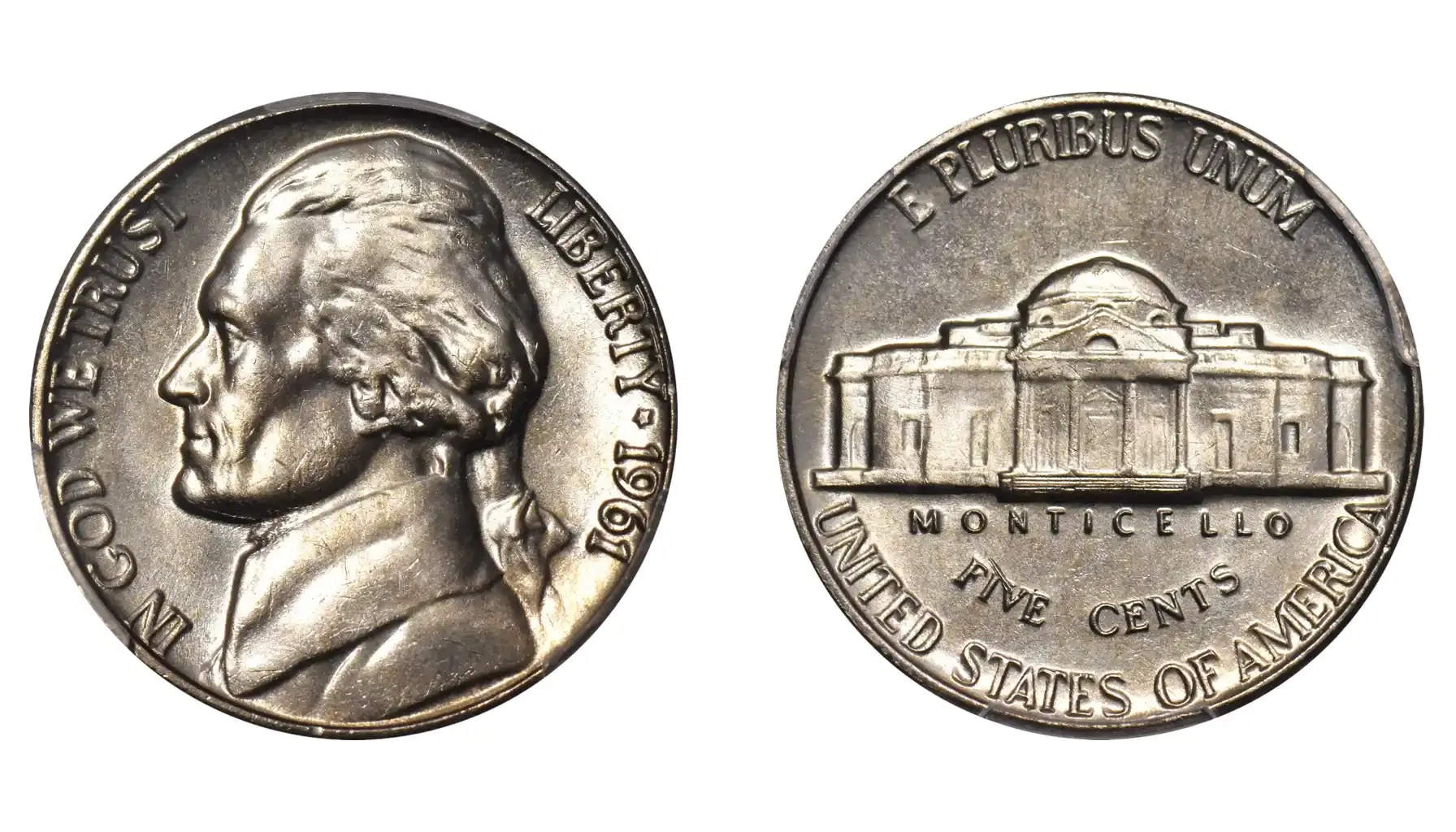
Breaking Down the Value by Type
The 1961 nickel value no mint mark
If you have got a 1961 nickel with no mint mark, it hails from Philadelphia. Over 73 million were produced. So, it is rather common. But high-grade specimens (MS65 and above) can have the 1961 P nickel value of $15 - $1,600, especially with the Full Steps designation.
Wondering how much is a 1961 nickel worth in average condition? Likely just face value, but pristine coins are a different story.
The 1961 D nickel value
There is a tiny "D" on the reverse, to the right of Monticello. Regular mint state coins can be worth $2 to $24, but Full Steps examples have shattered records—up to $20,000 for an MS65 FS!
Also, look closely for the 1961 nickel D mint mark on back; that small letter holds big potential.
The 1961 proof nickel value
The 1961 proof nickel—minted exclusively in Philadelphia—was never meant for circulation. Over 3 million were struck with extra care with mirror-like surfaces. Their values are from $4 to $135, with Cameo and Deep Cameo examples of even higher prices. Anyway, condition is always important when assessing any coin.

The error coins
Errors are where things get exciting. The 1961 nickel error list includes off-center strikes, doubled dies and coins struck on the wrong planchet. For example, a 1961-D nickel mistakenly struck on a 10-centavos planchet once sold for over $1,100.
Another example? A tripled-die reverse proof nickel valued at $170.
The 1961-D nickel error list often features die cracks and off-center errors, sometimes fetching $20 to $500 (the total price depends on severity).
Scan, Discover, Profit
So, is a 1961 nickel worth anything? Absolutely—if you know what to look for. It may be a rare error, a pristine Full Steps specimen or an overlooked proof—there is potential value in each one.
Want to know your coin’s true value? Try the Coin ID Scanner app. Just snap a photo of your coin, e.g., a 1930 Buffalo Nickel, and it helps identify your pieces. It is the modern collector’s best friend that makes sure that no valuable coin slips through the cracks.
Always remember: what looks like spare change might just be something really valuable. That is the numismatics rule.
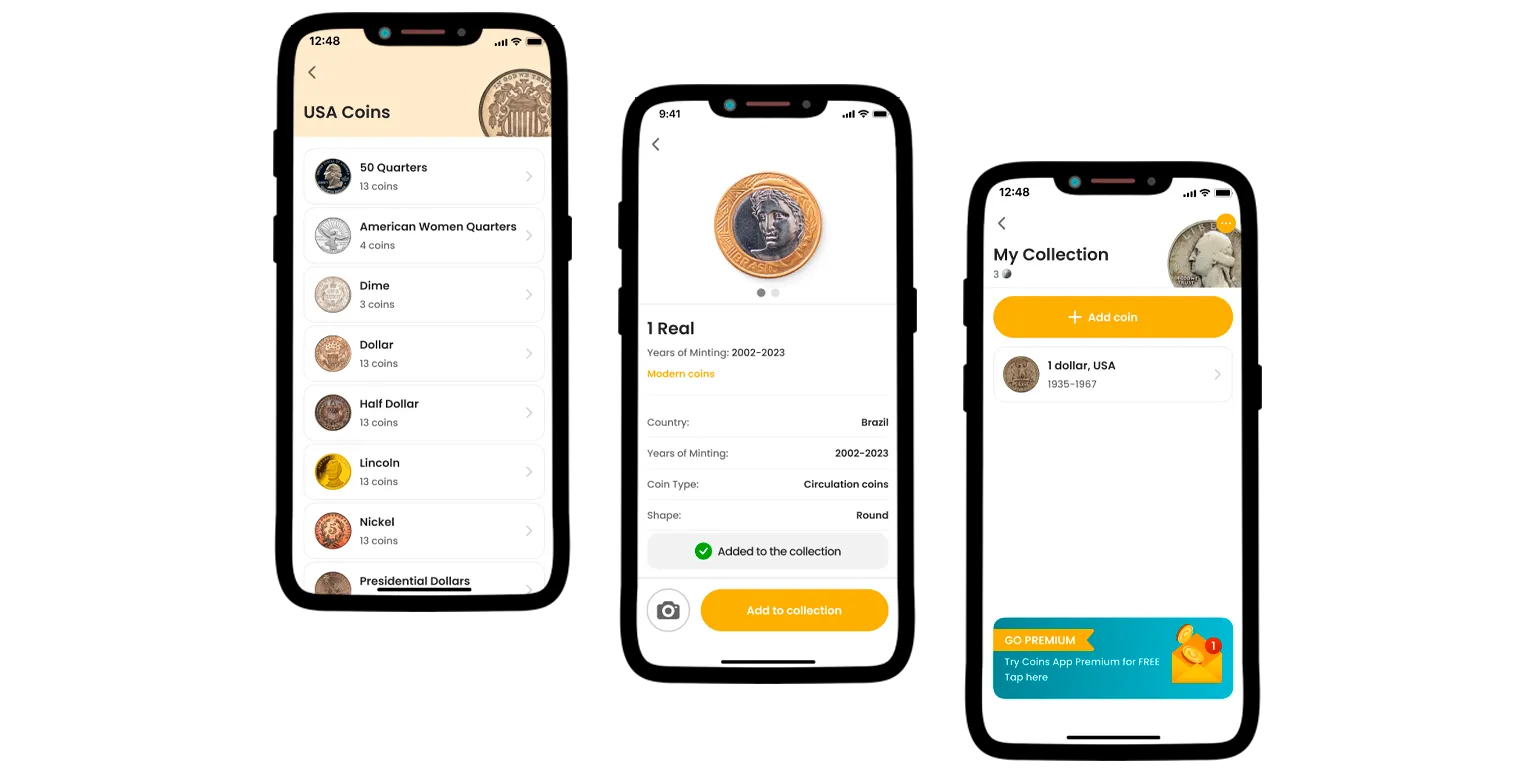
Frequently Asked Questions
1. What makes a 1961 Jefferson nickel valuable?
The value of 1961 Jefferson nickel depends on its condition, mint mark, and whether it has any rare errors. Coins with Full Steps designations, high mint state grades or minting errors can be worth hundreds or even thousands of dollars.
2. How can I tell if my 1961 nickel is a proof coin?
Proof coins have a highly reflective, mirror-like surface with sharp details. They were struck using specially prepared dies and were not intended for circulation. If your coin has a glossy finish and looks more polished than regular coins, it might be a proof.
3. Where is the mint mark located on the 1961 Jefferson nickel?
The mint mark (if present) can be found on the reverse side, to the right of Monticello. Coins without a mint mark were minted in Philadelphia, while those with a "D" were produced in Denver.
4. Does a 1961 nickel have silver in it?
No. It contains only 75% Copper, 25% Nickel. So, there is no silver in it.

